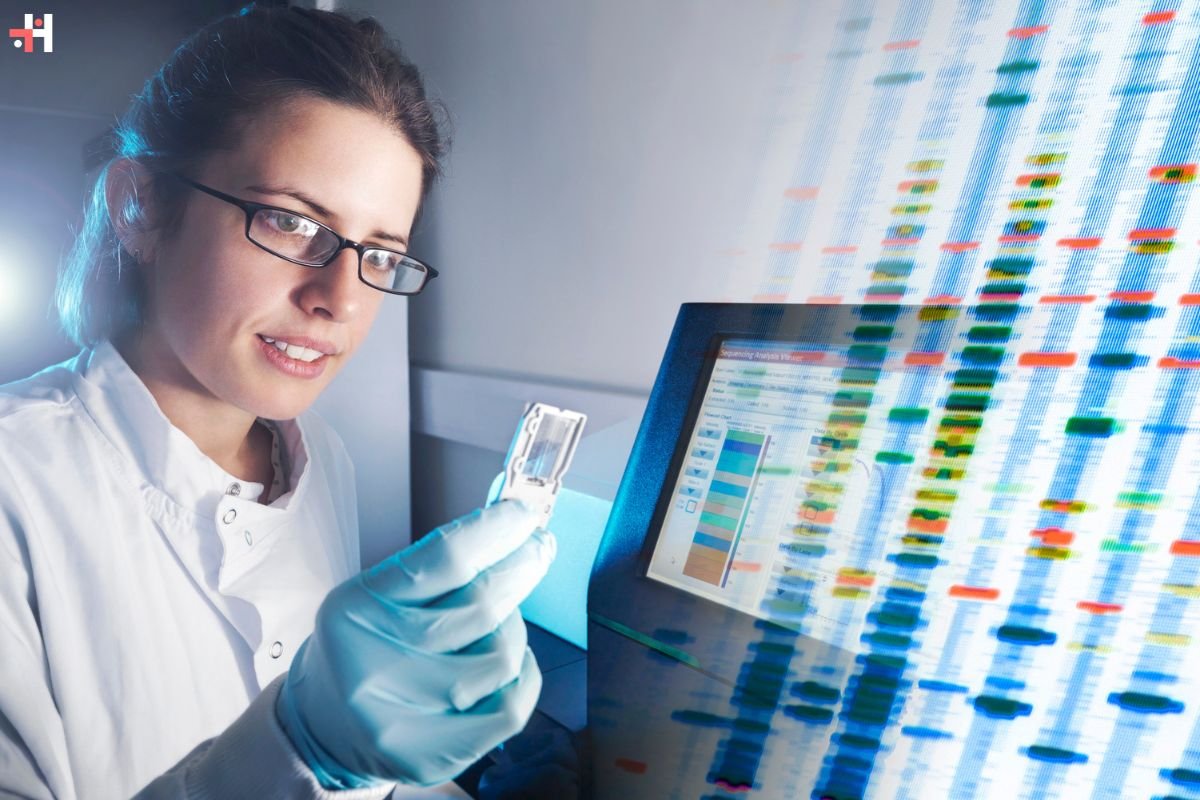DNA sequencing has revolutionized the field of genetics, opening new frontiers in medicine, biology, and numerous other disciplines. By decoding the precise order of nucleotides within a DNA molecule, scientists gain unprecedented insights into the genetic blueprint of organisms, leading to groundbreaking discoveries and innovations. In this comprehensive guide, we explore the key advancements, applications, and future prospects of DNA sequencing technology, highlighting its transformative impact across various sectors.
Understanding DNA Sequencing: A Technical Overview
DNA sequencing involves determining the exact sequence of nucleotides—adenine (A), thymine (T), cytosine (C), and guanine (G)—that make up a DNA molecule. The development of sequencing technologies has evolved significantly since the introduction of the Sanger sequencing method in the 1970s. Today, next-generation sequencing (NGS) technologies, such as Illumina sequencing, have dramatically increased the speed, accuracy, and affordability of sequencing, enabling large-scale genomic studies that were previously unimaginable.
Next-Generation Sequencing: The Game Changer

Next-generation sequencing (NGS) represents a quantum leap in DNA sequencing technology. Unlike traditional Sanger sequencing, which sequences DNA one fragment at a time, NGS allows for the simultaneous sequencing of millions of fragments. This high-throughput capability has reduced the cost and time required for sequencing, making it accessible for a wide range of applications, from clinical diagnostics to evolutionary biology.
Applications of Sequencing in Medicine
One of the most impactful applications of DNA sequencing is in the field of medicine. Precision medicine, an approach that tailors treatment based on an individual’s genetic makeup, relies heavily on genomic data obtained through DNA. For example, cancer genomics utilizes sequencing to identify mutations in tumor DNA, guiding personalized treatment strategies and improving patient outcomes. Additionally, sequencing technologies are crucial for diagnosing rare genetic disorders, enabling early intervention and management.
1. Advancements in Prenatal and Neonatal Care
It has also revolutionized prenatal and neonatal care. Non-invasive prenatal testing (NIPT) uses cell-free fetal DNA circulating in a pregnant woman’s blood to screen for genetic abnormalities such as Down syndrome. In neonatal intensive care units, rapid whole-genome sequencing can diagnose critically ill newborns with unknown genetic conditions, often within days, allowing for timely and targeted treatments.
2. Agricultural Innovations: Enhancing Crop and Livestock Genomics

In agriculture, DNA sequencing is transforming crop and livestock breeding programs. By sequencing the genomes of plants and animals, researchers can identify genes associated with desirable traits such as disease resistance, drought tolerance, and improved yield. This genomic information accelerates the breeding process, leading to the development of robust, high-performing crops and livestock that are better suited to meet the challenges of a growing global population and changing climate conditions.
3. Environmental and Ecological Applications
It is a powerful tool for environmental and ecological research. Metagenomics, the study of genetic material recovered directly from environmental samples, allows scientists to analyze the biodiversity of microbial communities in soil, water, and even the human gut. This approach provides insights into ecosystem health, microbial ecology, and the roles of microorganisms in biogeochemical cycles. Additionally, environmental DNA (eDNA) sequencing enables the detection of rare or elusive species in aquatic environments, aiding conservation efforts and biodiversity monitoring.
4. Ethical Considerations and Data Privacy
While the benefits of sequencing are vast, the technology also raises important ethical and privacy concerns. The collection and storage of genetic data pose risks related to data security and the potential for misuse. Ensuring informed consent, protecting individual privacy, and establishing robust ethical guidelines are critical to addressing these challenges. As DNA sequencing becomes increasingly integrated into healthcare and other fields, it is essential to balance innovation with ethical responsibility and public trust.
Future Prospects: Emerging Technologies and Innovations

The future of DNA sequencing promises even greater advancements and applications. Emerging technologies such as nanopore sequencing, which offers real-time, portable sequencing capabilities, are poised to further democratize access to genomic data. Continued improvements in sequencing accuracy, speed, and cost will expand the use of sequencing in diverse areas, from personalized medicine and biotechnology to forensic science and space exploration. The integration of artificial intelligence and machine learning with genomic data analysis will also enhance our ability to interpret complex genetic information and develop novel solutions to biological challenges.
Conclusion: The Transformative Impact
It has fundamentally changed our understanding of genetics and biology, driving innovations across multiple disciplines and improving countless lives. From personalized medicine and agricultural advancements to environmental conservation and beyond, the applications of this sequencing are vast and transformative. As technology continues to evolve, the potential for new discoveries and innovations grows, promising a future where the secrets of life are increasingly within our grasp. Embracing the power of DNA sequencing will undoubtedly lead to groundbreaking advancements, shaping a healthier, more sustainable, and scientifically enriched world.









